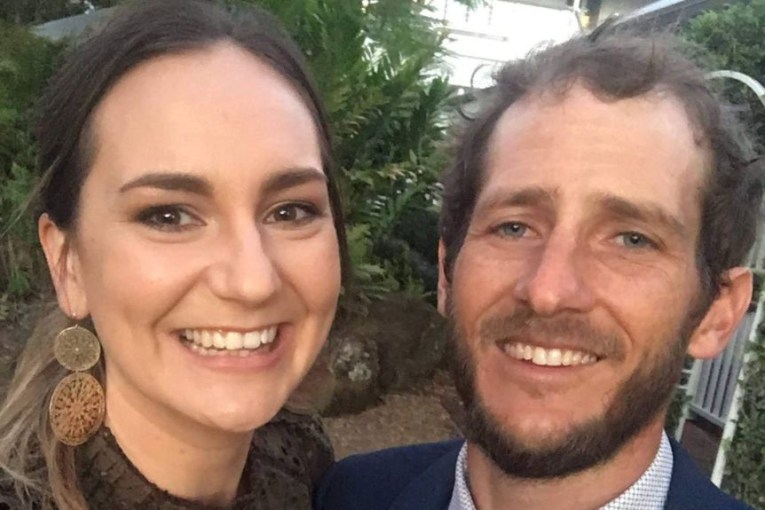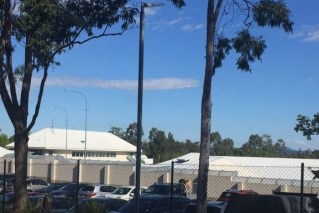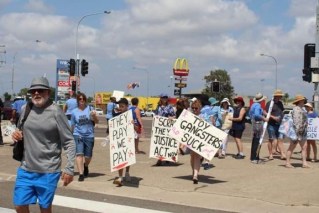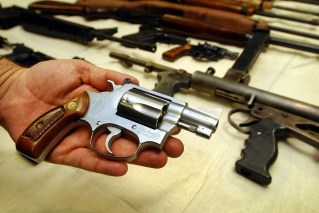‘Futureless’: When detention is better than abuse and neglect for Qld’s wayward children
By the time young offenders arrive at detention, they generally have a life history of adverse experiences, victimisation, and social disadvantage. In the second of this three-part special report, Brad Cooper digs deeper into the causes of our spiralling youth crime epidemic.

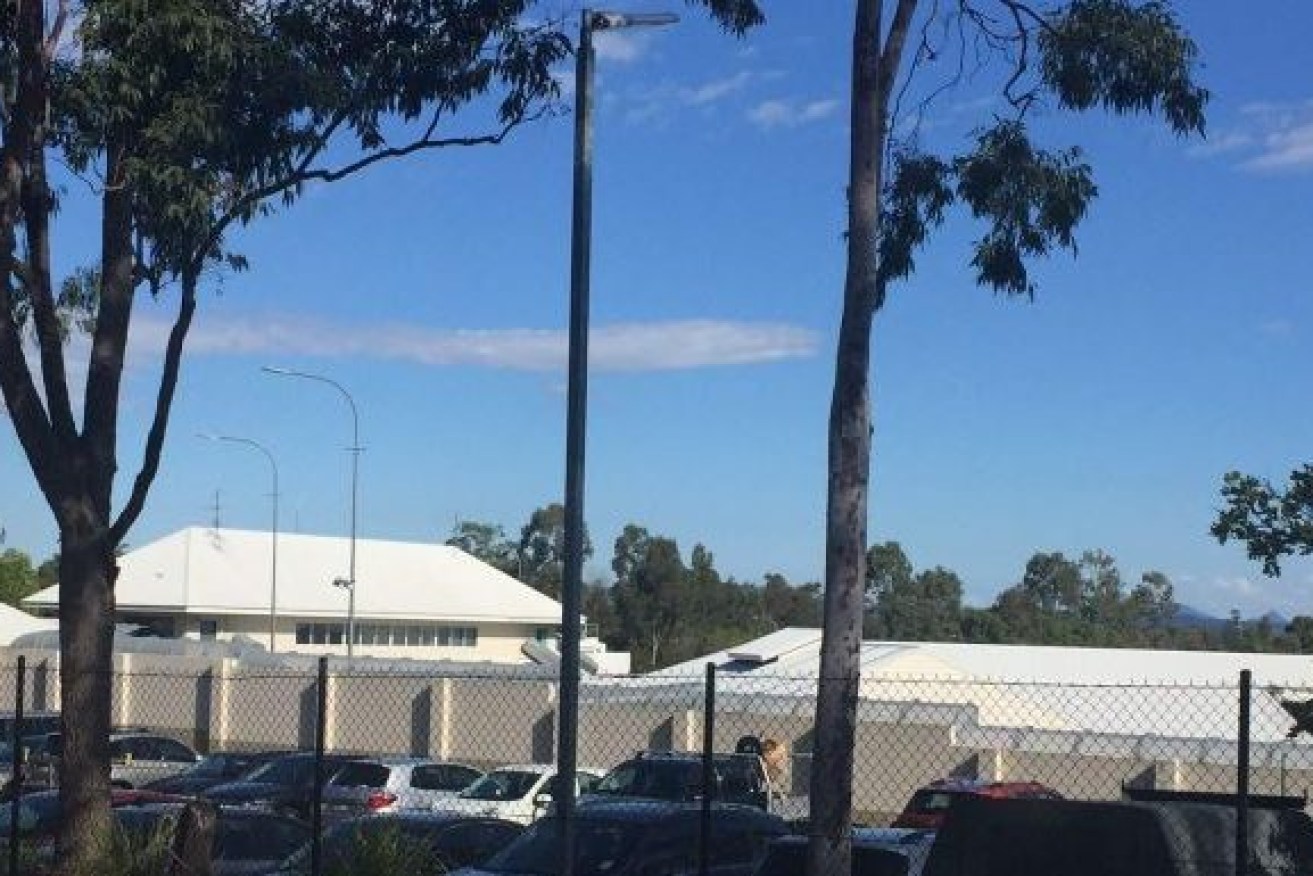
The Brisbane Youth Detention Centre at Wacol, south-west of Brisbane. Photo: ABC
As Griffith University youth crime and restorative justice expert William Wood calls it, when young people first arrive in detention it is something of a misnomer to describe them as offenders.
“Many of them have been victimised far more than they have offended,” Wood says.
“They have been pushed from one agency to the next, with each agency having its own bureaucracies and limits to what it can do.
“They have been let down by most adults in their lives, and in many cases abused or abandoned by adults that were supposed to love and protect them.”
The literature on the subject calls this experience “betrayal trauma”. One of the most significant features of this type of trauma is a sense of ‘futurelessness’ in young people.
“They don’t expect to grow up and grow old, get a decent job, and raise a family of their own. They have learned that tomorrow is likely to be the same for them or worse than today,” Wood says.
“Many don’t mind being in detention at all because it is a reprieve from abuse and neglect. Once they learn how detention works, it’s not a deterrent for them. It’s also why youth incarceration is the single biggest predictor of adult incarceration.”
From the evidence on the public record, Queensland’s judicial system appears to be fuelling the doom-loop dynamic.
The Children’s Court of Queensland annual report calculated an average of 233 young people in custody on any given day in 2020-21, with 87.6 per cent on remand, an increase on the 84.6 per cent recorded the previous year.
In March 2021, the Queensland Family and Child Commission issued their report: ‘Changing the Sentence Overseeing Queensland Youth Justice Reforms’.
The focus of the report was to assist in monitoring youth justice initiatives and examining options that would inform future youth justice systems and processes.
The report provides useful insights into the youth justice system and in particular the type of young people who offend, noting 80 per cent of Queensland’s young offenders have reported using at least one drug or volatile substance (such as sniffing solvents, aerosols or petrol) and 63 per cent have experienced or been affected by domestic and family violence.
Fifty-six per cent have a mental health and/or behavioural disorder (diagnosed or suspected) and 53 per cent are disengaged from education, training or employment.
The report highlights the fact that many of the children who appear before the courts come from significantly deprived backgrounds.
“On any given day in Queensland approximately 1643 young people aged 10 to 17 are on community supervision in the statutory system and a further 252 are in custody. This represents 0.4 of 1 per cent of the 512,416 people in Queensland aged 10 to 17,” the report says.
“Of the young people who have had a finalised court appearance 45 per cent have never returned to the statutory youth justice system.”
Of the young offenders in the Queensland youth justice system, Aboriginal and Torres Strait Islander (ATSI) children continue to be over-represented in the figures.
The Queensland Family and Child Commission is currently investigating this issue and will publish findings in the future.
ATSI children represent 46 per cent of all child defendants before the courts, although the percentage improves to about 33 per cent as children age into the 17 and over category.
However, young Indigenous Australians aged 10–17 were 17 times as likely as young non-Indigenous Australians to be in detention on an average night in the June quarter of 2020, according to the Australian Government’s ‘Youth detention population in Australia 2020’ report.
While the level of Indigenous over-representation fluctuated over the four-year period, it was down overall from 25 times the non-Indigenous rate in the June quarter of 2016.
Our third and final part of our summer reading series on Queensland’s youth crime challenge will be published Wednesday on why government responses have traditionally failed.
